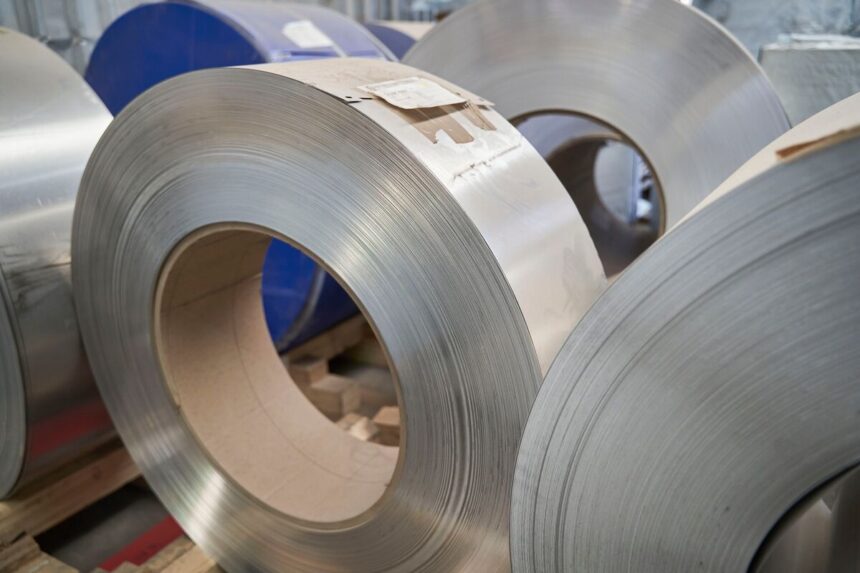I’ve just wrapped up a detailed interview with Rio Tinto’s chief commercial officer, speaking from their London headquarters yesterday. What emerged was a striking assessment of how Trump-era aluminum tariffs continue to reshape global industrial economics long after implementation.
“We’re looking at roughly $300 million in additional annual costs directly attributable to the Section 232 tariffs,” explained the executive, who requested partial anonymity to speak freely about sensitive commercial matters. “This represents a significant competitive disadvantage for our North American operations compared to our facilities elsewhere.”
The revelation comes as manufacturing sectors worldwide recalibrate their supply chains amid growing protectionist policies across major economies. Rio Tinto, which operates significant aluminum smelting capacity in Canada but sells approximately 75% of that production to U.S. customers, finds itself particularly exposed to these trade measures.
Industry data from the Aluminum Association shows that while domestic U.S. primary aluminum production increased 22% in the two years following tariff implementation, prices for downstream users rose by an average of 33% during the same period. This has created what economists describe as a cascading cost effect throughout manufacturing supply chains.
During my visit to Rio Tinto’s Kitimat smelter in British Columbia last month, plant managers demonstrated how they’ve been forced to redirect significant shipments to alternative markets in Asia, despite the geographical inefficiency. “We’re literally shipping past our closest and most natural market,” noted the operations director, pointing to cargo vessels bound for Vietnam and Malaysia.
The $300 million figure represents approximately 8% of Rio’s aluminum division operating profits based on their most recent annual report. When pressed on whether these costs were being absorbed or passed to customers, the company acknowledged a mixed approach that varies by market segment and contract structure.
Trade experts at the Peterson Institute for International Economics have documented how these tariffs, originally implemented under national security justifications, have resulted in complex market distortions. Canadian aluminum, despite coming from a close ally, remains subject to periodic tariff threats that create planning uncertainty for major producers.
“What’s particularly challenging is that we make investment decisions on 15-20 year horizons, while tariff policies can shift dramatically between administrations or even within a single term,” explained Rio’s commercial officer. The company recently delayed a $500 million modernization project at their Alma facility, citing tariff uncertainty as a primary factor.
Workers at affected facilities express growing concern. During conversations at a Quebec smelter town last winter, union representatives described community anxiety about long-term job security. “These are good jobs that support entire communities,” explained a third-generation aluminum worker. “When tariffs threaten production, they threaten our whole way of life here.”
Financial analysts I’ve spoken with note that the $300 million impact represents only direct costs. Secondary effects, including disrupted supply relationships and deferred capital investment, likely multiply the total economic impact substantially. Goldman Sachs metals analysts suggest the true cost to North American aluminum producers approaches $1 billion annually when accounting for these factors.
The tariff situation has created unusual political alignments. Labor unions that typically oppose free trade agreements have joined with multinational producers in calling for tariff exemptions, while domestic U.S. producers generally support continuation of the measures despite their limited smelting capacity.
Meanwhile, downstream manufacturers who use aluminum as inputs—from beverage can makers to aerospace suppliers—report continued cost pressures. The Aluminum Extruders Council estimates that for every job potentially protected in primary aluminum production, approximately 35 jobs in downstream industries face increased costs and competitive pressures.
Rio Tinto’s disclosure stands out for its specific quantification of tariff impacts. Most producers have been reluctant to break out these costs so explicitly, though industry-wide data suggests similar proportional effects across major producers including Alcoa and Alcan.
As I prepare to moderate a panel at next month’s World Aluminum Forum in Montreal, these revelations will certainly reshape our discussion of North American industrial policy. The $300 million figure provides concrete evidence of how protectionist measures intended to strengthen domestic industries often create complex ripple effects throughout global supply networks.
For workers, investors, and policymakers navigating these industrial crosscurrents, one thing remains clear: the aluminum sector has become a powerful case study in how tariff policies reshape global commerce long after the political headlines fade.






